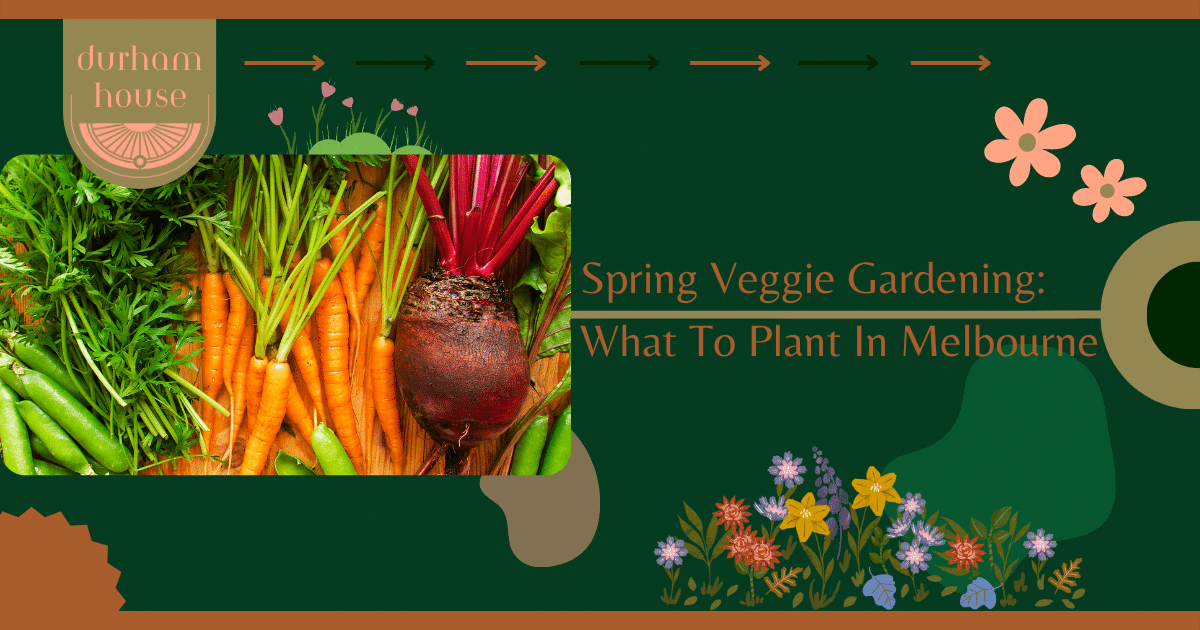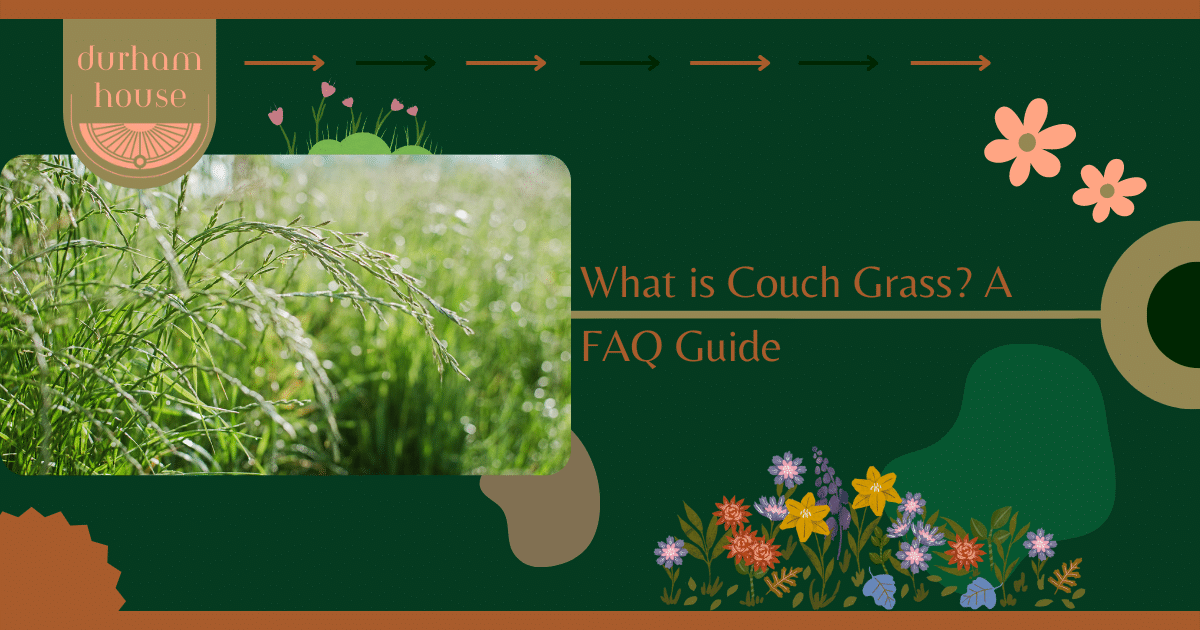As the days grow shorter and the temperature starts to cool down, you may think that gardening season is coming to an end. However, autumn is a fantastic time to plant a variety of vegetables in Melbourne that will not only thrive but also add some delicious, fresh produce to your table. In reality, autumn is a gardener’s favourite time of year! In this article, we’ll discuss some of the best vegetables to plant during the autumn months and provide helpful tips for growing them successfully.
The Benefits of Autumn Veggie Gardening
Autumn vegetable gardening offers several advantages, including the opportunity to extend your harvest, improve soil health with nitrogen-fixing crops like peas and beans, and make the most of Melbourne’s Mediterranean climate. By choosing the right vegetables for the season, you can enjoy fresh produce throughout the cooler months, while also preparing your garden for the following spring.
Top Autumn Vegetables for Melbourne Gardens
To help you decide what to plant in your Melbourne autumn vegetable garden, here is a list of some of the best options, along with tips for growing each one:
Broccoli
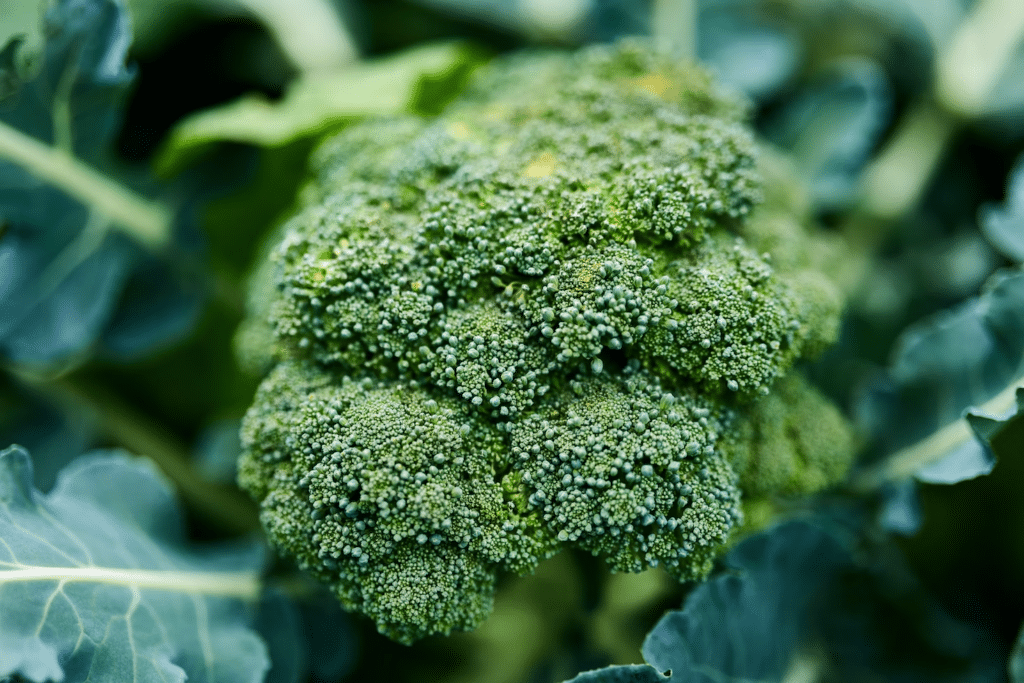
Broccoli is a cool-season crop that grows well in Melbourne’s autumn weather. As a plant from the brassica family, it’s a great source of vitamins and minerals, making it a healthy addition to your garden.
Tips for growing broccoli:
Plant seedlings about 30-45 cm apart, allowing them plenty of room to grow.
Keep the soil consistently moist, but avoid overwatering.
Mulch around the base of the plants to help retain moisture and suppress weeds.
Cauliflower
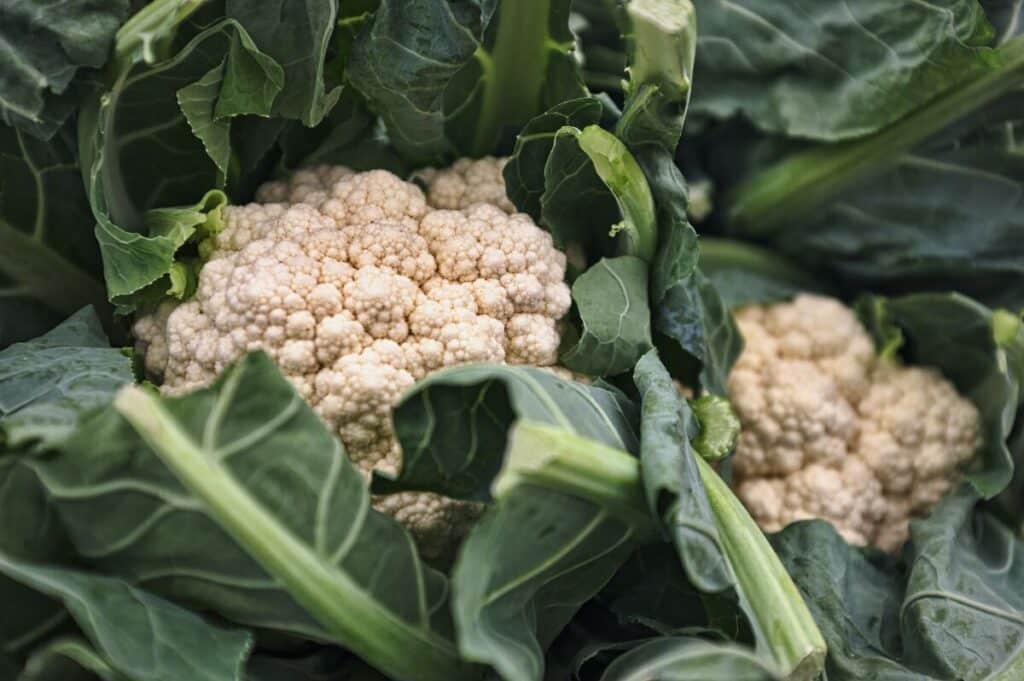
Cauliflower is another cool-season brassica vegetable that thrives in Melbourne’s autumn climate – it’s not widely known, but many veggies fall into the brassica family and are actually the same plant, just bred in different strains to highlight different features of the plant. It’s versatile in the kitchen and a good source of vitamins and minerals.
Tips for growing cauliflower:
Plant seedlings about 60 cm apart, as they can grow quite large.
Provide consistent moisture and avoid overwatering.
Use a nitrogen-rich fertiliser to encourage healthy growth.
Carrots
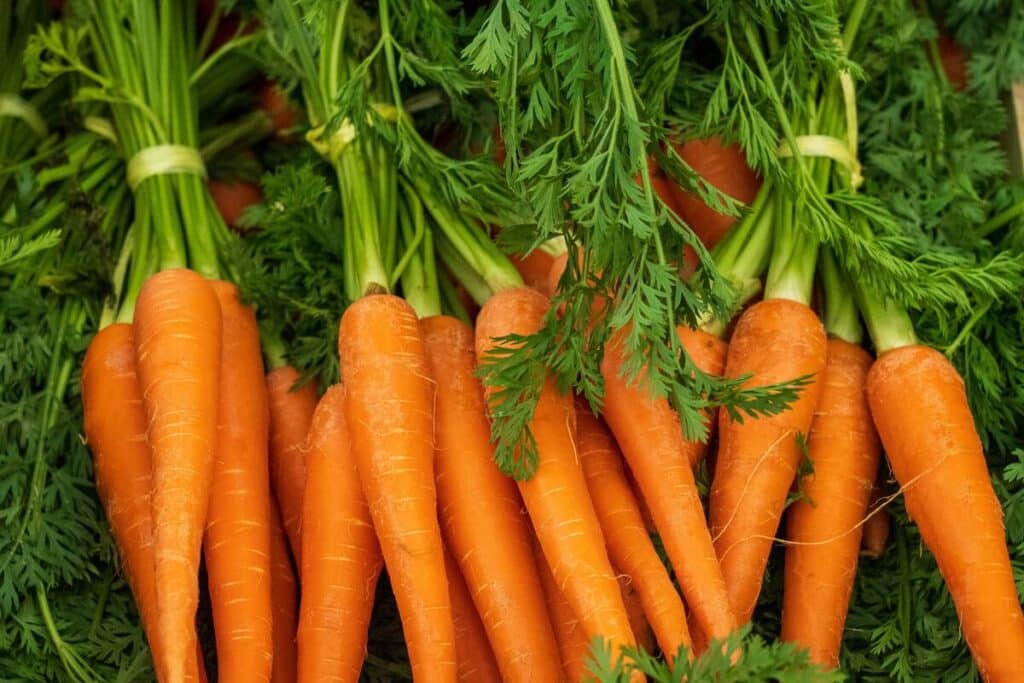
Carrots are a root vegetable that can be grown successfully in Melbourne’s autumn weather. They’re an excellent source of beta-carotene and other nutrients.
Tips for growing carrots:
Plant seeds directly into well-draining soil, as carrots do not transplant well.
Keep the soil consistently moist but avoid overwatering.
Thin seedlings to about 5 cm apart, allowing enough space for the roots to develop.
Spinach
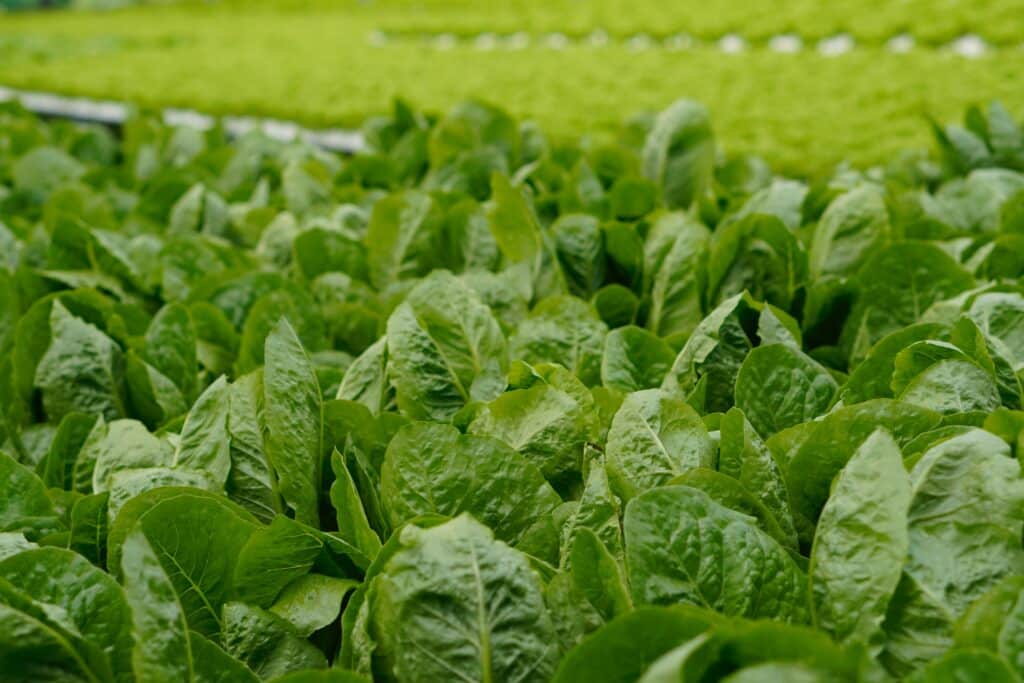
Spinach is a leafy green vegetable that is perfect for autumn planting in Melbourne. It’s rich in vitamins, minerals, and antioxidants.
Tips for growing spinach:
Sow seeds directly into the ground or in pots, about 2 cm deep and 10 cm apart.
Keep the soil consistently moist, but avoid overwatering.
Harvest the outer leaves as they mature, allowing the plant to continue producing new leaves.
Beetroot

Beetroot is a versatile root vegetable that grows well in Melbourne’s autumn climate. It’s a good source of fibre, vitamins, and minerals.
Tips for growing beetroot:
Plant seeds directly into well-draining soil, about 2 cm deep and 10 cm apart.
Keep the soil consistently moist but avoid overwatering.
Thin seedlings to about 10 cm apart, allowing enough space for the roots to develop.
Silverbeet
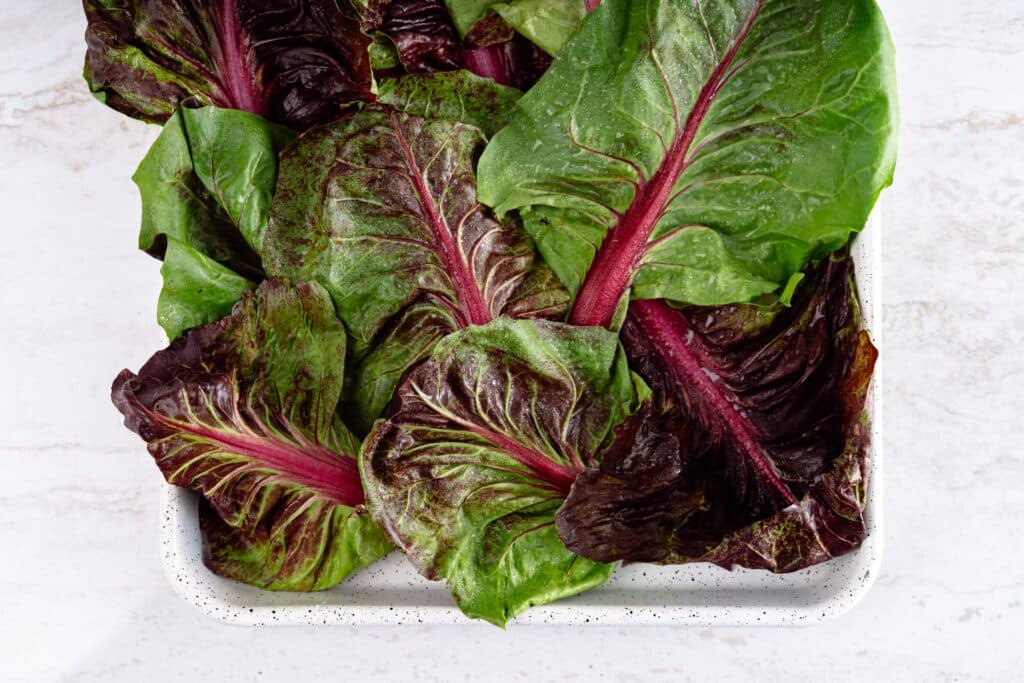
Silverbeet, also known as Swiss chard, is a leafy green vegetable that thrives in Melbourne’s autumn weather. It’s a great source of vitamins and minerals.
Tips for growing silverbeet:
Plant seedlings about 30 cm apart, allowing them plenty of room to grow.
Keep the soil consistently moist, but avoid overwatering.
Harvest the outer leaves as they mature, allowing the plant to continue producing new leaves.
Peas
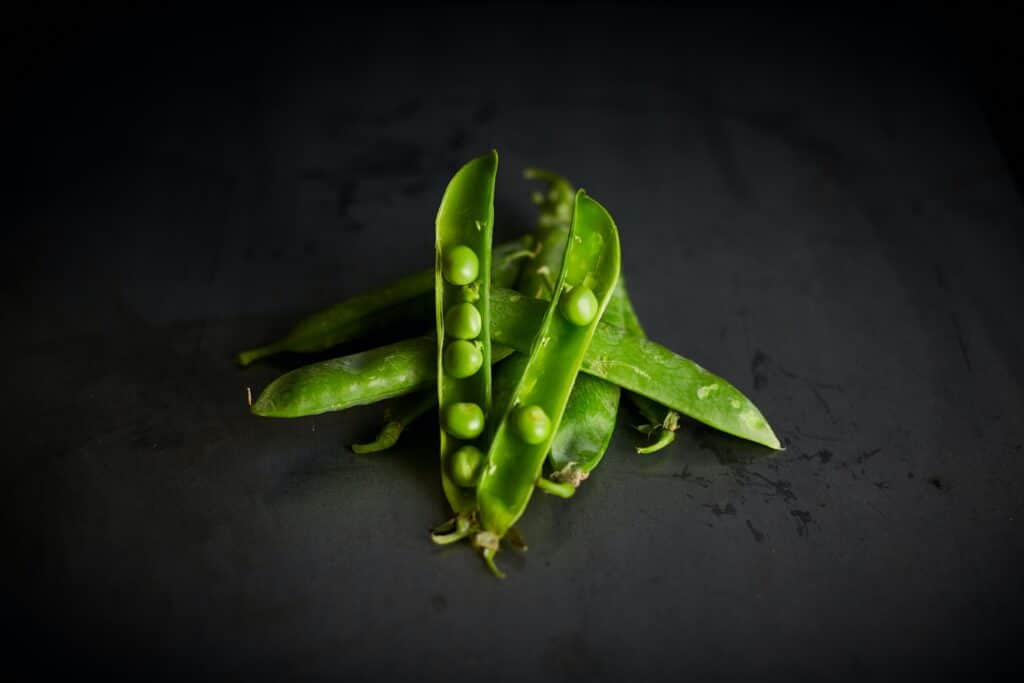
Peas are a cool-season crop that can be successfully grown in Melbourne’s autumn garden. They’re not only delicious but also a great source of protein, fibre, and vitamins.
Tips for growing peas:
Choose a well-draining spot with plenty of sunlight for planting.
Sow seeds directly into the ground, about 2-3 cm deep and 10 cm apart.
Provide support, such as trellises or stakes, for climbing varieties.
Keep the soil consistently moist but avoid overwatering.
Lettuce
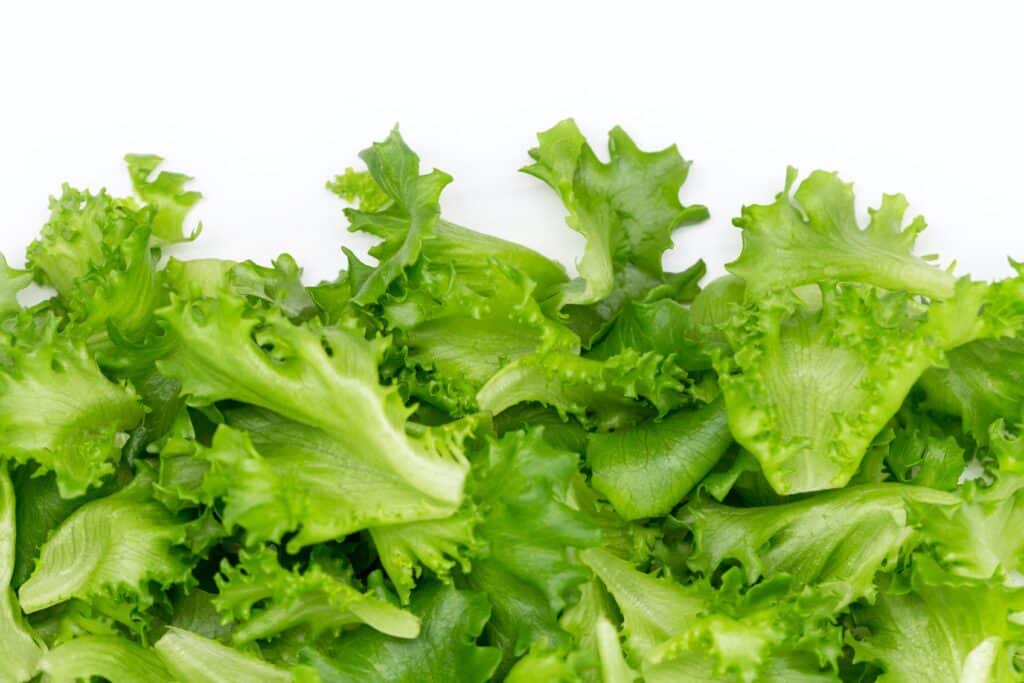
Lettuce is a versatile leafy green that can be grown in a variety of colours and textures. It’s perfect for autumn planting in Melbourne and is a good source of vitamins and minerals.
Tips for growing lettuce:
Plant seeds or seedlings about 20 cm apart in well-draining soil.
Keep the soil consistently moist but avoid overwatering.
Harvest the outer leaves as they mature, allowing the plant to continue producing new leaves.
Leeks
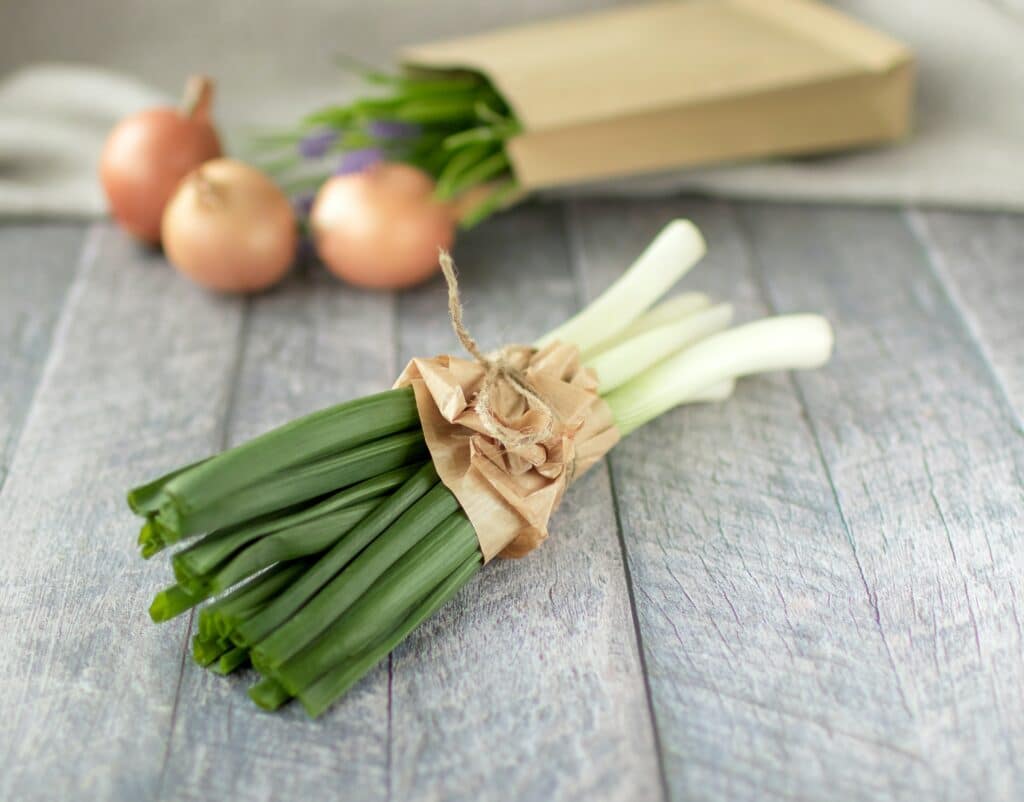
Leeks are a cool-season vegetable that is ideal for autumn planting in Melbourne. They’re a member of the onion family and add a mild, sweet flavour to dishes.
Tips for growing leeks:
Plant seedlings about 15 cm apart in well-draining soil.
Keep the soil consistently moist but avoid overwatering.
Mound soil around the base of the leeks as they grow to blanch the stems and develop a mild flavour.
Radishes
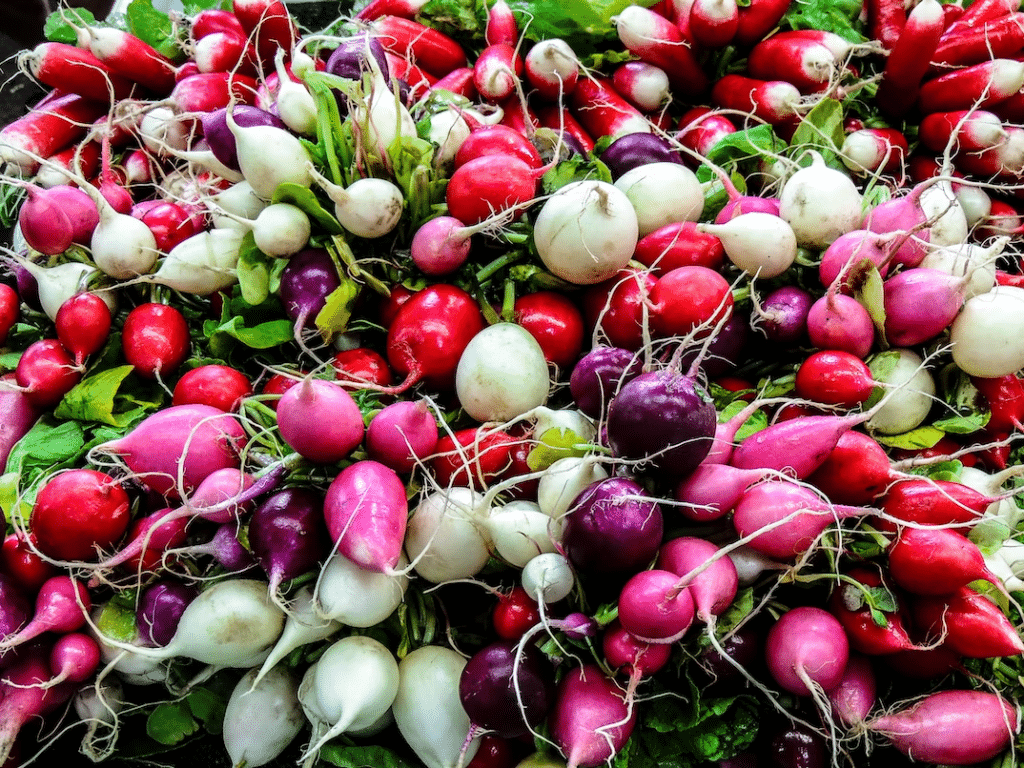
Radishes are fast-growing root vegetables that can be planted in Melbourne’s autumn gardens. They’re available in various colours and shapes and are a good source of vitamins and minerals.
Tips for growing radishes:
Sow seeds directly into well-draining soil, about 1 cm deep and 5 cm apart.
Keep the soil consistently moist but avoid overwatering.
Harvest radishes when they reach the desired size, typically within 3-4 weeks.
Cabbage
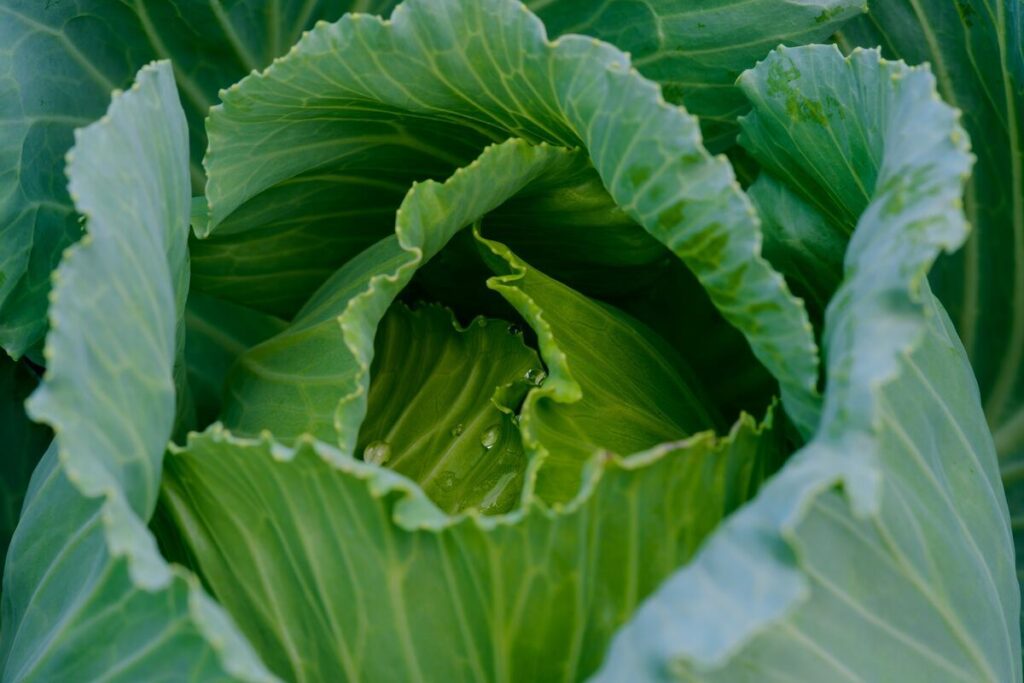
Cabbage is a cool-season crop that thrives in Melbourne’s autumn climate. It’s a versatile vegetable in the kitchen and a great source of vitamins, minerals, and fibre.
Tips for growing cabbage:
Plant seedlings about 50 cm apart, allowing them plenty of room to grow.
Keep the soil consistently moist but avoid overwatering.
Use a nitrogen-rich fertiliser to encourage healthy growth.
Kale
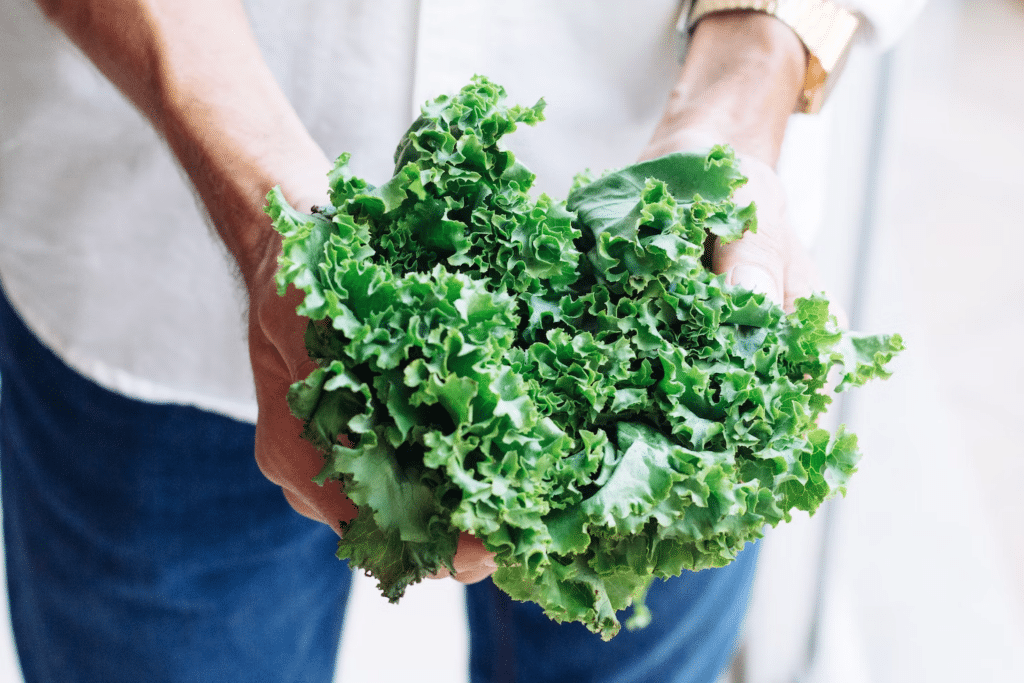
Kale is a nutritious leafy green vegetable that can be grown successfully in Melbourne’s autumn weather. It’s rich in vitamins, minerals, and antioxidants.
Tips for growing kale:
Plant seedlings about 40 cm apart in well-draining soil.
Keep the soil consistently moist but avoid overwatering.
Harvest the outer leaves as they mature, allowing the plant to continue producing new leaves.
With these twelve fantastic autumn vegetables, you’ll have a bountiful and diverse harvest throughout the cooler months. Each vegetable brings unique flavours and nutrients to your table, ensuring that your autumn garden in Melbourne remains both productive and satisfying. Remember to provide the necessary care for each plant, such as consistent moisture, proper spacing, and nutrient-rich soil. By doing so, you’ll set yourself up for a successful autumn veggie garden that will reward you with delicious, homegrown produce.








